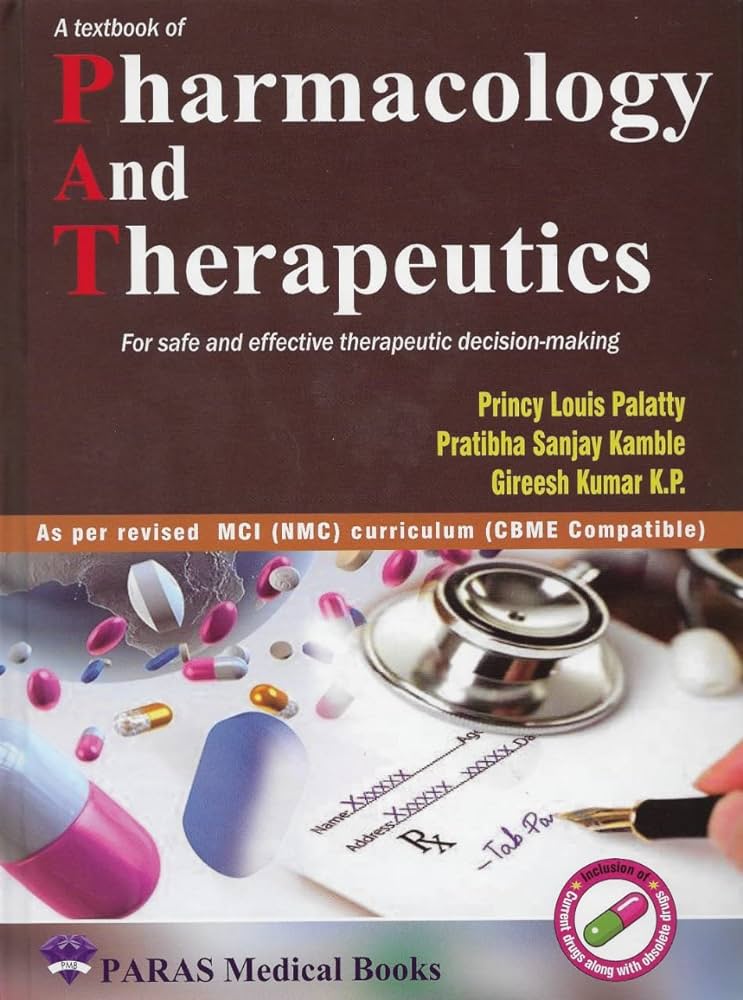Understanding the molecular bridges between the drugs and immune cell
IF 12.5
1区 医学
Q1 PHARMACOLOGY & PHARMACY
引用次数: 0
Abstract
The interactions of drugs with the host's immune cells determine the drug's efficacy and adverse effects in patients. Nonsteroidal Anti-Inflammatory Drugs (NSAID), such as corticosteroids, NSAIDs, and immunosuppressants, affect the immune cells and alter the immune response. Molecularly, drugs can interact with immune cells via cell surface receptors, changing the antigen presentation by modifying the co-stimulatory molecules and interacting with the signaling pathways of T cells, B cells, Natural killer (NK) cells, mast cells, basophils, and macrophages. Immunotoxicity, resulting from drug-induced changes in redox status, generation of Reactive Oxygen Species (ROS)/Reactive Nitrogen Species (RNS), and alterations in antioxidant enzymes within immune cells, leads to immunodeficiency. This, in turn, causes allergic reactions, autoimmune diseases, and cytokine release syndrome (CRS). The treatment options should include the evaluation of immune status and utilization of the concept of pharmacogenomics to minimize the chances of immunotoxicity. Many strategies in redox, like targeting the redox pathway or using redox-active agents, are available for the modulation of the immune system and developing drugs. Case studies highlight significant drug-immune cell interactions and patient outcomes, underscoring the importance of understanding these complexities. The future direction focuses on the drugs to deliver antiviral therapy, new approaches to immunomodulation, and modern technologies for increasing antidote effects with reduced toxicity. In conclusion, in-depth knowledge of the interaction between drugs and immune cells is critical to protect the patient from the adverse effects of the drug and improve therapeutic outcomes of the treatment process. This review focuses on the multifaceted interactions of drugs and their consequences at the cellular levels of immune cells.
了解药物和免疫细胞之间的分子桥梁
药物与宿主免疫细胞的相互作用决定了药物对患者的疗效和不良反应。非甾体抗炎药(NSAID),如皮质类固醇、非甾体抗炎药和免疫抑制剂,会影响免疫细胞并改变免疫反应。在分子上,药物可以通过细胞表面受体与免疫细胞相互作用,通过修饰共刺激分子改变抗原呈递,并与T细胞、B细胞、自然杀伤细胞(NK)细胞、肥大细胞、嗜碱性粒细胞和巨噬细胞的信号通路相互作用。免疫毒性是由药物引起的氧化还原状态的改变、活性氧(ROS)/活性氮(RNS)的产生以及免疫细胞内抗氧化酶的改变导致免疫缺陷。这反过来又会引起过敏反应、自身免疫性疾病和细胞因子释放综合征(CRS)。治疗方案应包括免疫状态的评估和利用药物基因组学的概念,以尽量减少免疫毒性的机会。许多氧化还原策略,如靶向氧化还原途径或使用氧化还原活性药物,可用于调节免疫系统和开发药物。案例研究强调了重要的药物免疫细胞相互作用和患者结果,强调了理解这些复杂性的重要性。未来的方向集中在提供抗病毒治疗的药物,免疫调节的新方法,以及增加解毒剂作用和降低毒性的现代技术。总之,深入了解药物与免疫细胞之间的相互作用对于保护患者免受药物不良反应的影响并改善治疗过程的治疗结果至关重要。这篇综述着重于药物的多方面相互作用及其在免疫细胞水平上的后果。
本文章由计算机程序翻译,如有差异,请以英文原文为准。
求助全文
约1分钟内获得全文
求助全文
来源期刊
CiteScore
23.00
自引率
0.70%
发文量
222
审稿时长
90 days
期刊介绍:
Pharmacology & Therapeutics, in its 20th year, delivers lucid, critical, and authoritative reviews on current pharmacological topics.Articles, commissioned by the editor, follow specific author instructions.This journal maintains its scientific excellence and ranks among the top 10 most cited journals in pharmacology.

 求助内容:
求助内容: 应助结果提醒方式:
应助结果提醒方式:


